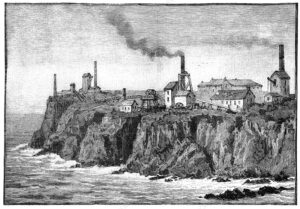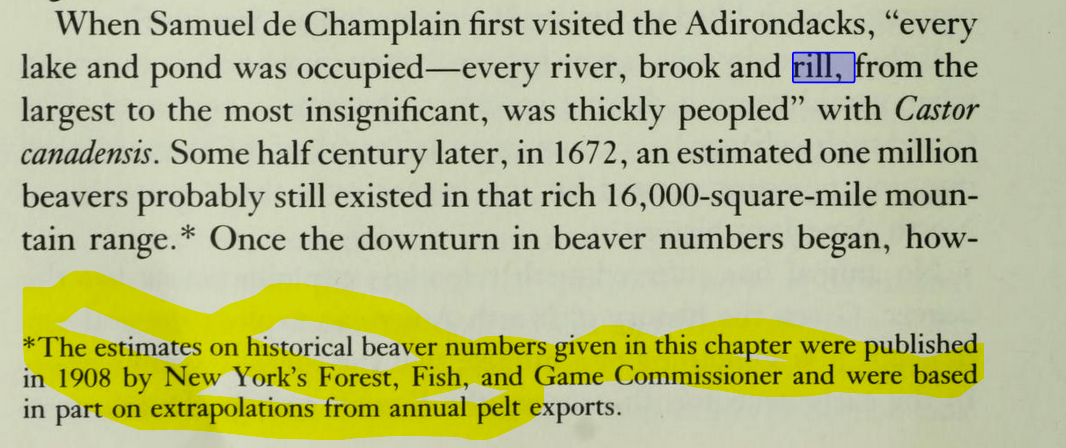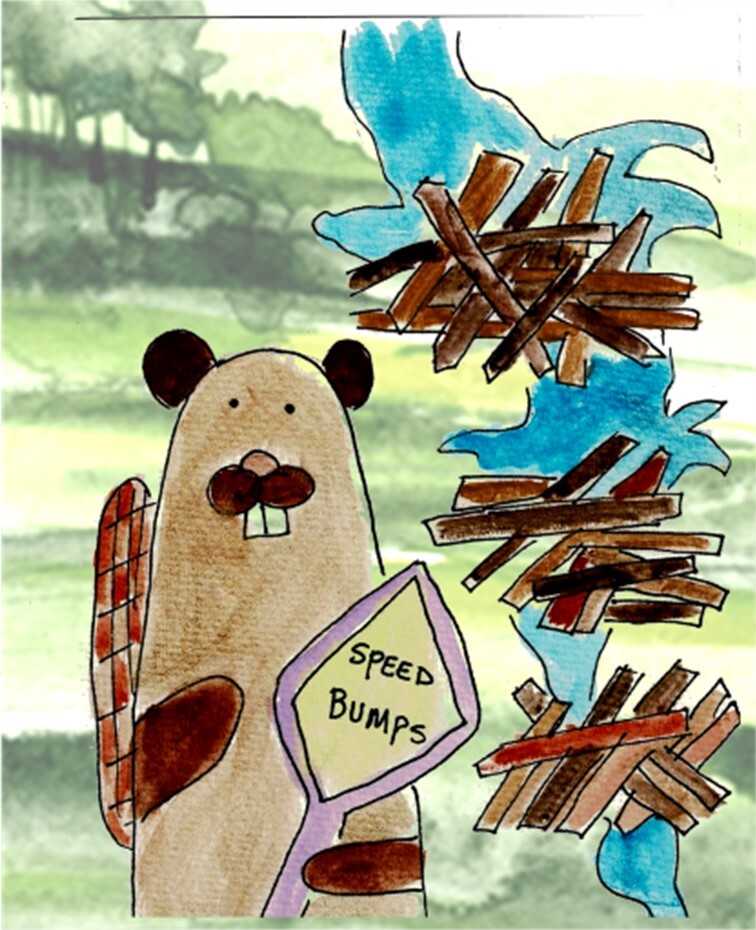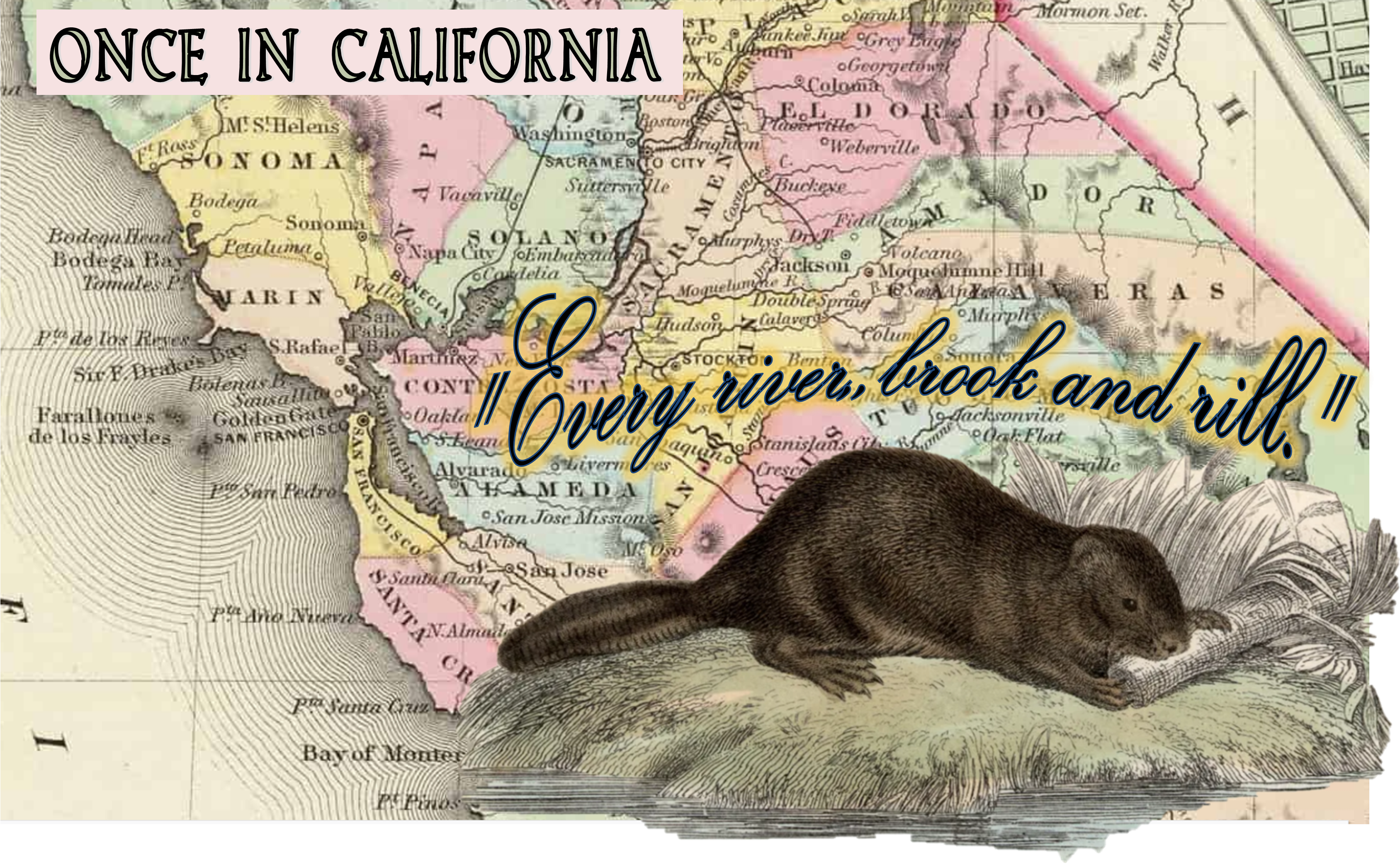My great-great grand father John Perryman was a tin miner in St Austell Corwall England. When he was 49 he was lucky enough to be working with three of his grown sons in the Wheal Eliza mine. Now since John was an old man by miner standards he had the least qualified job of “trammer” who drove all the debris and rock the miners produced out of the shafts using a wagon. It was grueling work loading and unloading heavy cargo and I’m sure the more trips of this kind you made the better your dingy pay was.
in November of 1869 he made the trip for the last time. The wooden frame holding the path gave way and he was crushed under the wagon, Dying in the mine was not unexpected but was still a somber thing. Big enough deal that an “inquiry” was conduced.
From Royal Cornwall Gazette 13th November 1869
Coroner’s Inquest John Perryman
“He wasimmediately carried home and a surgeon sent for, who on attending him gave no hopes of his recovery, on account of the severity of his injuries. The captain of the mine gave evidence to the effect that the wooden viaduct was not fit for use and was not in use, that deceased had no right or business there, therefore to a certain extent the accident was his own fault. A verdict of “Accidental death” was returned.”
Which means the inquiry was really more of a pagent, which I guess they often are when powerful bodies investigate themselves, I’m sure there was no one in St Austell that was surprised by the outcome.
Some times the deck is stacked, whether you are a miner or a beaver.
Officials find no wrongdoing in Park City beaver habitat removal
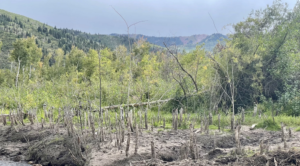 The Utah Division of Wildlife Resources investigated the removal of the beavers, and the Division of Water Rights investigated the removal of the dams. Both investigations found no wrongdoing.
The Utah Division of Wildlife Resources investigated the removal of the beavers, and the Division of Water Rights investigated the removal of the dams. Both investigations found no wrongdoing.
However, the dam removed at McLeod Creek was not developed enough to be protected.
“In this case, there was no evidence of any heavy equipment in the channel itself,” Rasmussen said. “It looked like they did minimal damage in the removal of it. And therefore, it was determined that really no permit could be required for that.”
So you see, the dam was too little to matter, and the beavers too dead to protect. These things have a way of solving themselves, don’t you think? I believe Upton Sinclair said it best:
“It is difficult to get a man to understand something when his salary depends upon his not understanding it.“


